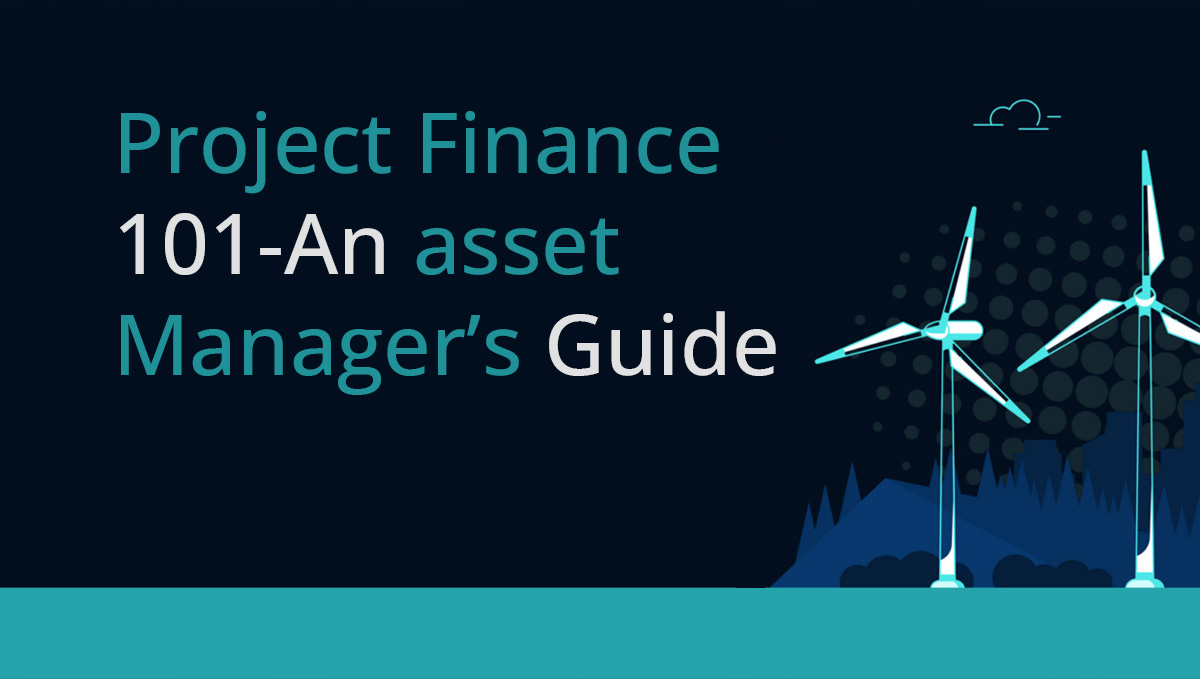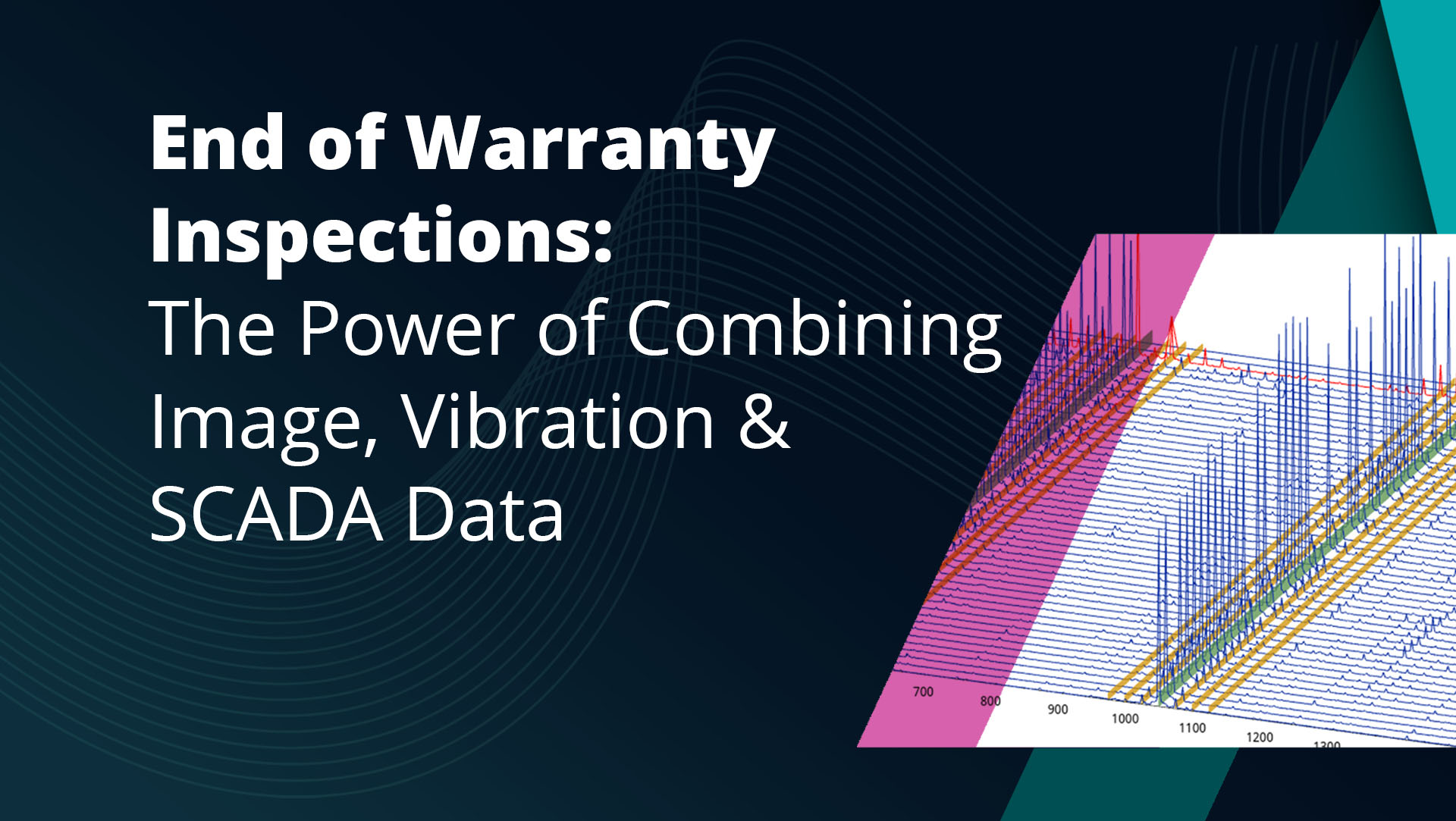Are you new to renewable energy project financing? We put together a webinar that’s a 101 guide for asset managers to get familiar with the world of project financing.
Industry expert John Harney, VP of Financial Products & Services at SkySpecs, breaks down the basics of project finance, the terminology you need to know, common pitfalls facing asset managers, and some of the top trends to be aware of.
Grab our free accompanying jargon buster to get familiar with some of the terminology mentioned that we talk about.
What is project finance?
Project finance is funding for long-term infrastructure projects in the renewables sector. The key part of project finance is that it’s non-recourse, which means there’s no or limited recourse back to the sponsors, which makes project finance more complex to execute.
Non-recourse means that the balance sheet of the borrower won’t be affected by any other assets owned outside of the project you get project financing for.
Project finance works as a cash flow loan, which means that the turbines or panels become of limited value if they’re not producing cash. This means that lenders will look closely at the cash flow of these assets and make predictions on their future ability to generate energy and profits.
Lenders use a financial model to size any debt, which operates as a three-way statement, including profit and loss, balance sheets, and cash flow reports. This all determines whether the lender approves funding, how much, the repayment schedule, and the details of the overall agreement.
Another thing to note about project finance is that it’s very heavy on documentation, which is why it takes so long to get to a financial close.
What a typical renewable energy SPV looks like
A typical special purpose vehicle (SPV) consists of several elements. On the construction and operations side, this may include:
- Construction contracts
- Operation contracts
- Turbine supply agreements
- Grid connection agreement
- A balance of plants agreement
On the cost side, this could include:
- Management services
- Contracts
- Insurance
- Licenses
- A power purchase agreement (the route to market)
Lender risk assessment
Whenever banks offer loans, they need to conduct a risk assessment to ensure that they will get a return on their investment. For renewable energy investments, a lender’s risk assessment will likely include these considerations:
1. Resource
For solar, banks may be comfortable to lend with a P50, which is a probability of 50% that the project will exceed a certain level of output over a defined period of time. Others may require a P90, which is a more conservative estimate that there will be a 90% chance of exceeding output.
2. Minimum floor price
Lenders will also insist that there’s a minimum floor price for all power sold for the term of the debt.
3. Fixed contracts
Most of these types of contracts will be fixed – which includes your O&M contract, lease contracts, insurance, and grid connection contracts. These costs are fixed, and banks will be looking to get certainty on your cashflows.
4. O&M
Lenders will want to see availability guarantees, with 95% plus, and that’s based on a company with a large balance sheet that can back up that availability guarantee if anything goes wrong.
5. Insurance
Insurance is also an important part of any O&M agreement to ensure that the borrower and lender are protected in the event of anything going wrong.
6. Parent company guarantees
In terms of your parent company guarantees, any major contract and counterparty will go through a credit risk assessment with the lender. This involves the lender looking at the balance sheet of the PPA provider. They may seek a parent company guarantee to cover some of the risk if that’s not strong enough.
Finance agreements
The next stage of project finance includes three covenants that are utilized across the board.
- Historic debt service cover ratio (HDSCR) – The cash flow available for debt service (CFADS) divided by the total debt repayments.
- Forward debt service cover ratio (FDSCR) – The cash flow predicted in the next year, divided by the total debt repayments.
- Loan life cover ratio (LLCR) – The cash flows that would be generated by the project divided by the present value of the debt.
Common pitfalls that asset managers may face
There are a few common mistakes that asset managers make during project finance agreements.
1. Engaging the lender prematurely
Trying to get ahead and engaging with the lender too early can result in a slower process because the lender’s first step will be to appoint legal and technical advisors. If you can go it alone for as long as possible, you can drive the project forward with a core project team which leaves you better prepared for when you finally approach a lender.
2. Overly prescriptive terms
By micromanaging every scenario and striving for the perfect facilities agreement, the project can result in a lot of prescriptive language which isn’t always helpful. This can also result in preventable events of default which just increases the work on all sides of the agreement. Waiver costs and valuable time is then wasted and it’s much harder to work through the implications of facility agreements that result in minor defaults.
John’s advice is to work through the terms and figure out if any may result in a minor event of default or covenant trip, and either remove them or try and push back if you can.
3. Swap critical terms
As renewable projects generally involve fixed contracts, costs and revenue, projects are very sensitive to interest rate fluctuations. As a result, lenders will insist on a hedging strategy to achieve an interest rate swap or a derivative agreement, which is separate to the facilities agreement.
This can mean that there’s a mismatch of terms at inception, so you would need to do hedge effectiveness testing regularly. You can use the dollar offset method or a regression analysis. But if your project falls outside certain parameters, the value of that hedge becomes no longer effective and that has to be included in the P&L.
Top trends in project finance
Some of the top trends affecting project finance right now are:
- Equator Principles and ESG reporting: More banks are developing a risk management framework for large infrastructure projects. These projects need to be assessed to make sure that everything conforms to these equation principles.
- Shorter term loans: Tenors are reducing because project developers require more flexibility. Lenders are more willing to offer mini-perms and shorter-term debt.
- Corporate PPA market maturing: More complexity is being introduced with baseload PPAs and increasing balancing costs, which makes project finance more difficult. This is increasing uncertainty for lenders, resulting in slower project delivery.
How SkySpecs can help
SkySpecs can help you manage and acquire project financing with a three-armed service approach.
We provide financial asset management services, including accounting, administration and even an outsourced CFO function.
The next arm of our service includes tech solutions with our in-house engineering team. A lot of the work we do is around the aggregation of data. So, if you have an asset management portfolio that’s spread across multiple providers, we can aggregate all this data and provide a single set of APIs.
Finally, we offer consulting services which can include project valuations and model reviews.
To learn more about our services and project finance in general, watch the full webinar today.









